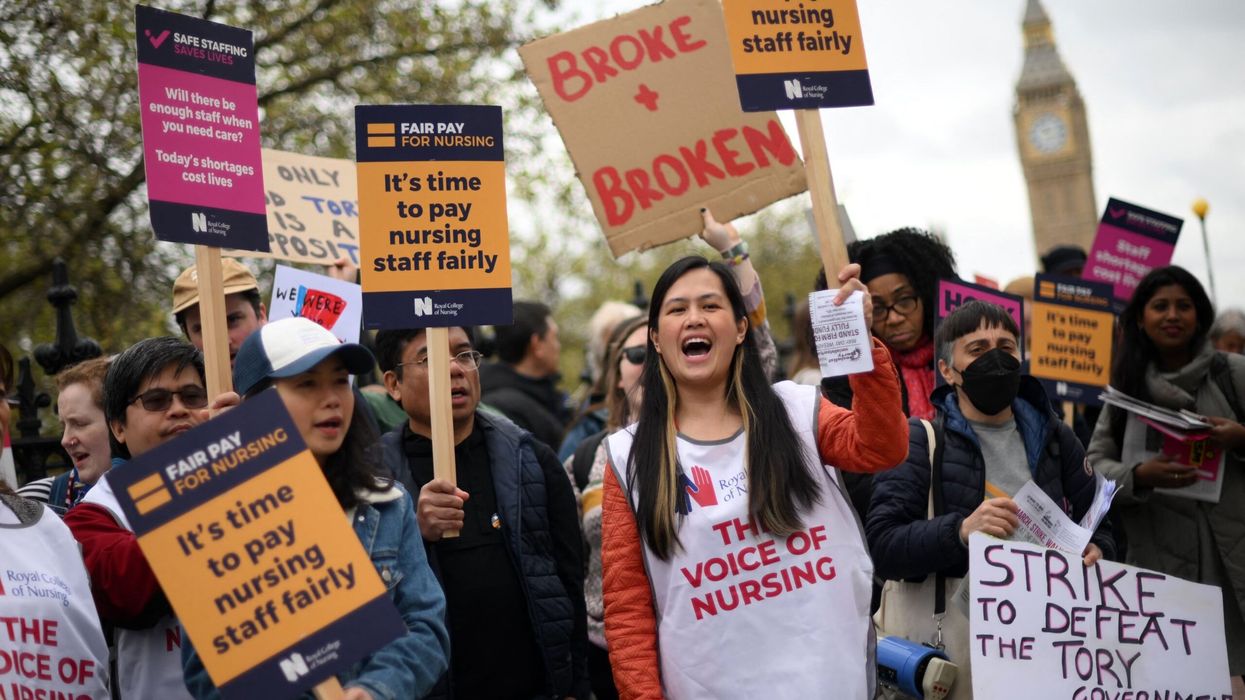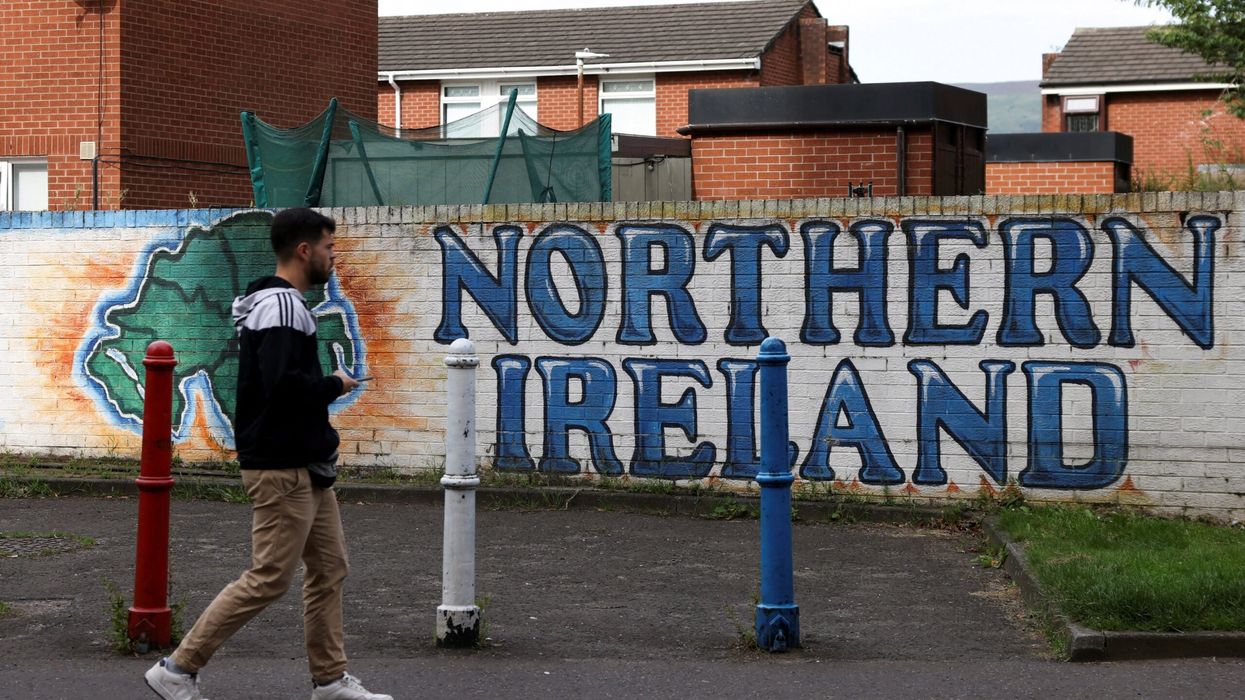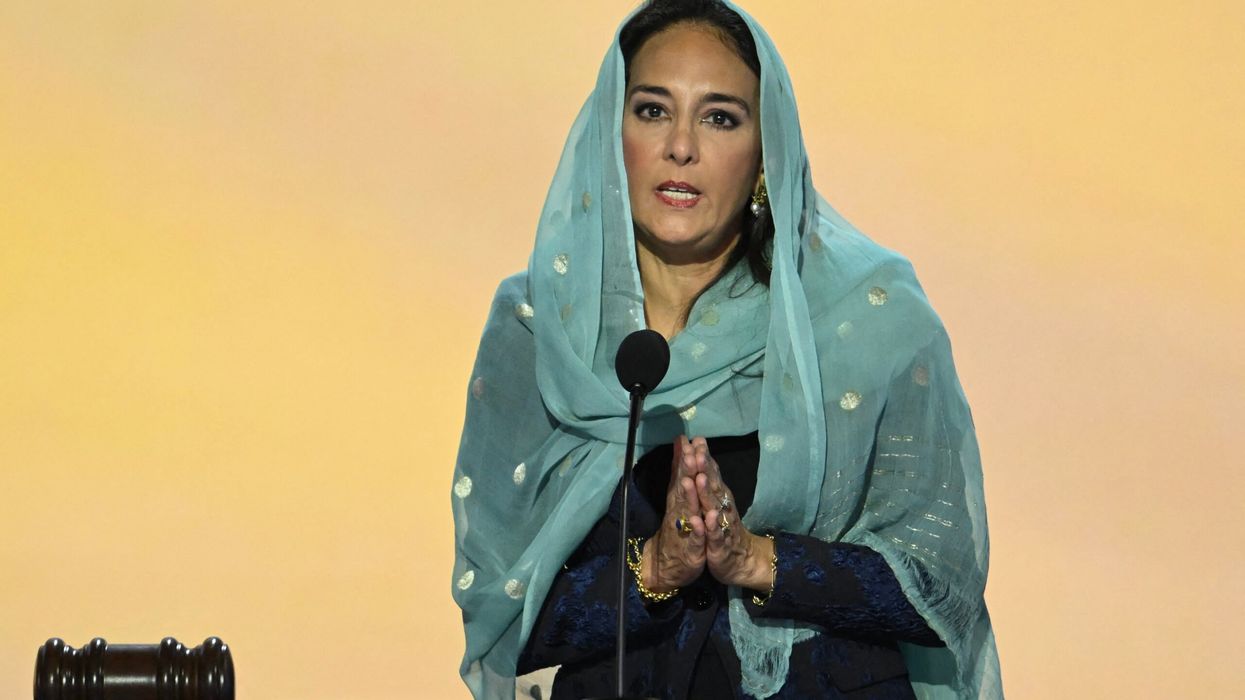FOUR Indian-Americans have been named to the Forbes' list of America's most successful businesswomen in 2023.
Jayshree Ullal, Neerja Sethi, Neha Narkhede, and Indra Nooyi are the four women among 100 featured on the list, according to Forbes India.
Silicon Valley engineer and Cisco veteran, Jayshree Ullal, tops the list of Indian-Americans as she is ranked 15 with an estimated wealth of $2.2 billion.
The 62-year-old joined computer networking company Arista Networks as CEO in 2008 when the business had no sales. The now publicly traded company, which she still runs, recorded $4.4 billion in revenue in 2022, up 48 percent from the prior year, despite component shortages and supply chain challenges. Arista plans to launch a new suite of AI-based network services this year, the Forbes report said.
Neerja Sethi is the second Indian-origin woman in the list, ranked at 25 with an estimated wealth of $990 million.
Sethi and her husband, Bharat Desai, who met while working for IT firm Tata Consultancy Services, launched IT services firm Syntel in their Troy, Michigan, apartment in 1980. In 2018, they sold it to French IT firm Atos SE for $3.4 billion. She studied in Delhi University and Oakland University.
Software engineer-turned-entrepreneur, Neha Narkhede, 38, is ranked 50 in the list with a wealth of $520m.
She announced her new company, fraud detection firm Oscilar, in March. She co-founded the business with her husband in 2021, funding it with $20 million.
She was previously co-founder and former chief technology officer of data-streaming software firm Confluent, which went public in 2021 at $9.1bn valuation.
Former CEO of PepsiCo, Indra Nooyi, is ranked 77 in the list with an estimated wealth of $350m.
The first woman of colour and immigrant to run one of America’s 50 largest companies, she retired as PepsiCo’s CEO in 2018 and as chair in 2019 after a dozen years in those roles. Now a director of Amazon and health tech firm Philips, Nooyi joined Deutsche Bank’s new Global Advisory Board last November.
Diane Hendricks, co-founder, ABC Supply, one of the largest wholesale distributors of roofing, siding and windows in the US, with a $15bn net worth, retained the top slot in the list followed by musician Rihanna, having a net worth of $1.4bn, reported Forbes.



















